The negotiation at the United Nations on a treaty to ban nuclear weapons began on March 27 with a bit of drama: U.S. Ambassador Nikki Haley gave a press conference explaining the U.S. decision to boycott the proceedings.
The negotiation was launched pursuant to a November 2016 vote in the U.N. General Assembly’s First Committee. That vote reflected the frustration of many non-nuclear weapons states with the lack of progress on reducing nuclear arms levels and the belief that the nuclear weapons states are not fulfilling their obligations under the Nuclear Non-Proliferation Treaty (NPT) to negotiate disarmament in good faith.
Nuclear weapons states boycott
While some 130 states are participating in the ban negotiation, not a single nuclear weapons state is taking part. The boycott was hardly surprising; no nuclear weapons state is ready now to negotiate elimination of its nuclear arsenal. They believe that any progress must be made on an incremental basis. For its part, the United States actively opposed the resolution to begin the negotiation and pressured its allies (who benefit from the U.S. nuclear umbrella) to do the same. The growing polarization between nuclear weapons states and non-nuclear weapons states is one of the many challenges facing the nuclear non-proliferation regime, as Robert Einhorn observes in his latest report “Non-proliferation challenges facing the Trump administration.”
If the negotiation produces a treaty, it would have little practical effect without the participation of nuclear weapons states. Such a treaty, however, could increase the political and diplomatic pressure on nuclear weapons states to pursue nuclear disarmament more actively. Such pressure likely will fall more on democracies, including the United States and European states in which U.S. nuclear weapons are based, than on autocratic states such as Russia and China.
Whether the non-nuclear weapons states can achieve a treaty that would produce such pressure depends on their ability to stay unified on key questions. During the first week’s negotiation, however, differences emerged over the treaty’s core prohibitions and institutional arrangements.
Differences emerge
The participating states generally agreed on several core prohibitions to be included in the treaty, such as the prohibition of use, possession, acquisition, transfer, and deployment of nuclear weapons. They disagreed over other provisions.
Some states advocated for the prohibition of the threat of use of nuclear weapons, claiming that it would serve to delegitimize nuclear deterrence doctrine. Others thought this prohibition was unnecessary, as the U.N. Charter already outlaws the threat of use of force. Moreover, a ban on the use of nuclear weapons would also ban the threat of their use.
Prohibiting the testing of nuclear weapons was also a contested question. Several states, including Kazakhstan, which continues to suffer the effects of having hosted the major Soviet nuclear test site, argued that testing should be explicitly prohibited. Others expressed concern that such a prohibition could come into conflict with the Comprehensive Test Ban Treaty or undermine its entry into force.
The participating states came down differently on the issue of the transit of nuclear weapons. While some stressed that transiting nuclear weapons through the territory of signatory states should be illegal, others pointed out that verifying this provision would be very challenging.
As to institutional arrangements, the participating states were in general agreement that the treaty should include a provision for regular meetings of states parties and use existing international organizations such as the International Atomic Energy Agency and perhaps the Comprehensive Test Ban Treaty Organization to help implement verification measures.
While states generally agreed that the treaty should be universal, they disagreed on the process for accession of nuclear weapons states. Gaukhar Mukhatzhanova of the James Martin Center for Nonproliferation Studies presented three options for accession: Nuclear weapons states could eliminate their arsenals before signing the treaty, sign the treaty with a clear plan for elimination, or negotiate a plan for elimination upon signing. Many states supported the second option while others advocated for the first.
All of these questions will require further discussion when the participating states gather for the second round of the negotiation in June.
Looking ahead
It is not clear that any of the issues where differences have arisen will prove deal-breakers for some participating states. How they resolve those differences—and whether in the end they can come to consensus on a ban treaty—will shape their ability to mobilize pressure on the nuclear weapons states.
And that is what this negotiation is all about. The non-nuclear weapons states have already committed in the NPT not to acquire nuclear arms. The question is whether they can push the nuclear weapons states to accelerate their disarmament efforts.
None of the specific resolutions will change the views of the nuclear weapons states on whether or not to take part in the ban treaty negotiation. They continue to regard the enterprise as disconnected from reality. But a successful negotiation that results in a treaty could up the pressure. The nuclear weapons states should pay attention.
The Brookings Institution is committed to quality, independence, and impact.
We are supported by a diverse array of funders. In line with our values and policies, each Brookings publication represents the sole views of its author(s).
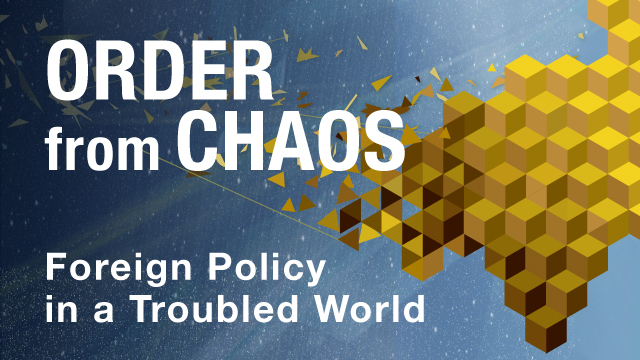
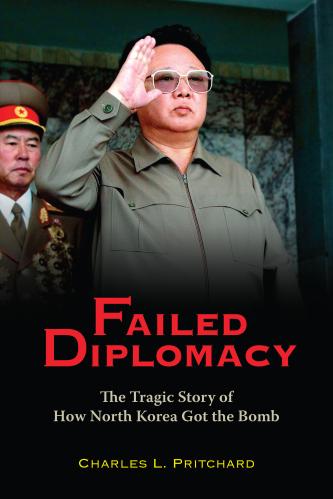
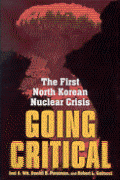

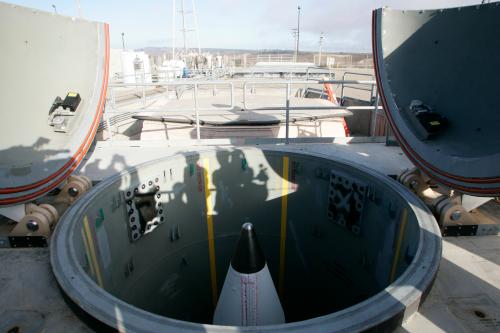
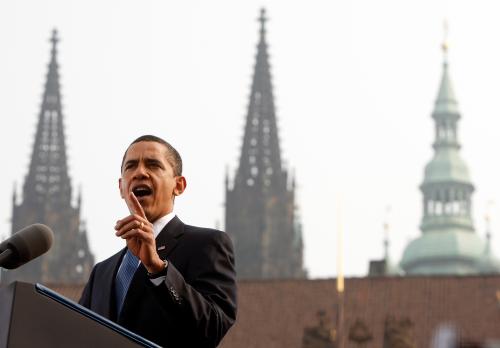
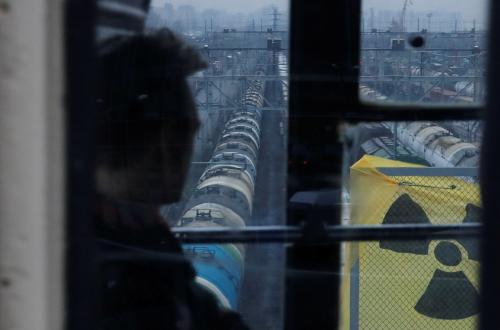

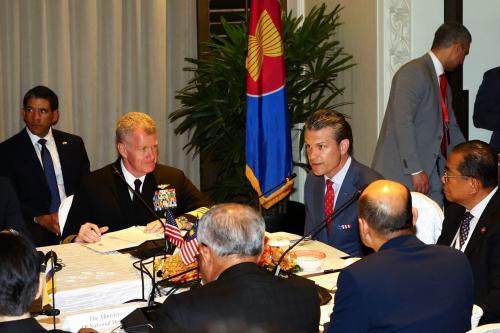

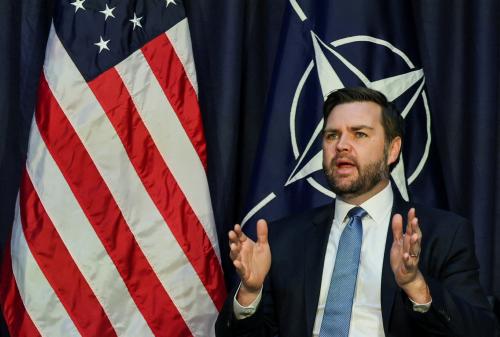
Commentary
Big debates at U.N. nuclear weapons ban treaty negotiations
April 12, 2017